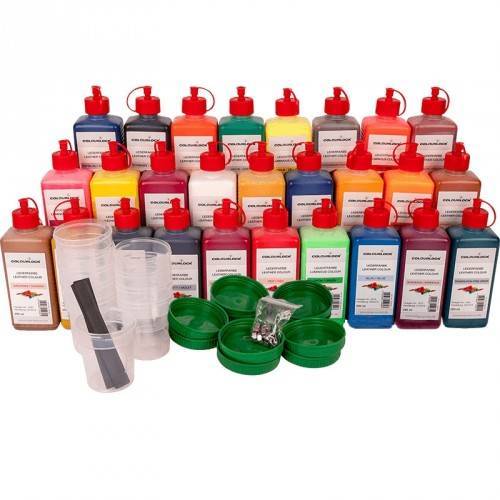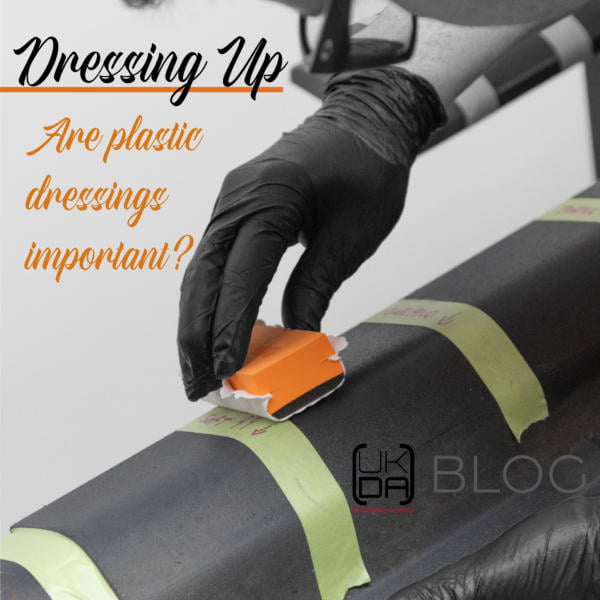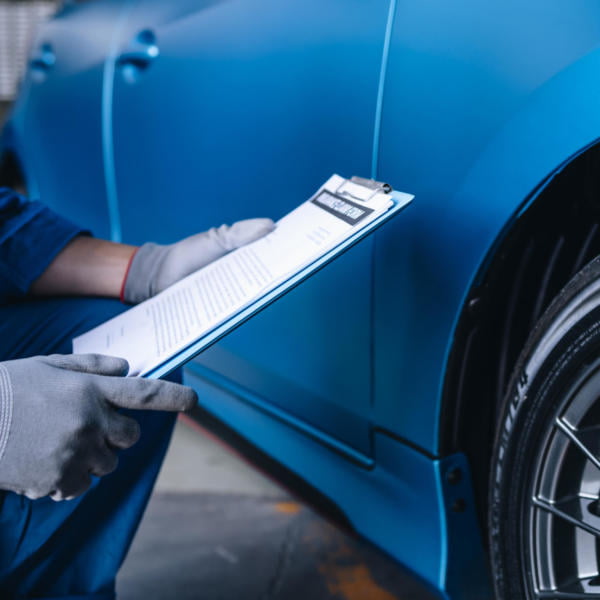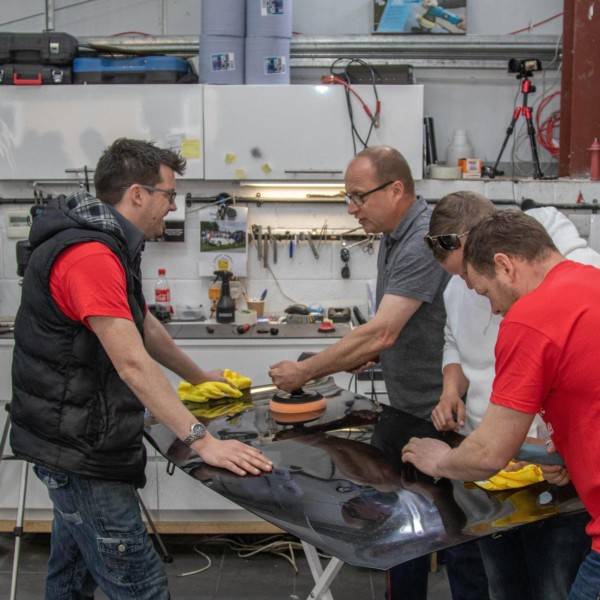
Colour Matching Leather
When getting involved with any type of leather repair, you will find that a correctly matched colour will make any job a thousand times easier to complete satisfactorily. However, colour matching still evades many who are otherwise perfectly sound and trained leather repairers, and it’s an omitted skill which can cause the most issues, especially when spot or local repairing just one area.
When you repair a defect, especially in aged leather, it is difficult, but by no means impossible, to achieve a 100% invisible repair – especially when you know it is there. Substrate tension from backing fabrics, micrometre height differences in surface level, and grain patterns being stamped a fraction off can all be forgiven though, as any alternative would be a costly replacement; however, a colour difference will be a stark and obvious flag to any that the panel is repaired.
Can I not just use a colour code?
Sometimes. However, as you are probably more than aware, it takes very little in vehicle materials to cause slight colour fade, regardless of how leather has been treated, and even minor colour differences can be stark when placed next to each other. Whilst screens are rarely best to display differences; both of these squares have the same yellow square in the middle, with the right-hand centre colour shifted by just 2%.

This can happen for a number of reasons in addition to sunlight bleaching, even something as simple as differing batches of supplied and coloured leather at the factory. It’s less of an issue with blacks as they are often just a single pre-made pigment, and tend to fade less over shorter periods. However despite Henry Ford’s assertion that:
“You can have any colour, as long as it’s black.”
… many manufacturers will go out of their way to customise their “Black”, even basing it on primarily dark greens and blues to better match branding or interior styles, so don’t assume they can’t still differ from code.

Matching the panel in front of you remains the only sure way of achieving a perfect colour match on leather. Whilst you can send off headrests, or trim off hidden pieces to be matched remotely, there’s still no guarantee these will be uniform across the car – that headrest may be out of the sun most of its life, or the colour matched to the rear when the front is faded, and that piece of trim will still only give you the leather’s colour when new, not aged and bleached.

Then there are the cost and convenience aspects. A full colour-matching set of colours will usually cost you around £350 – £400. From this, you can match alter and mix the correct amount of colour needed on the day, and if you need more – you make more. You can also alter existing blends to fit and save hundreds on delivery and return costs if sending panels for matching, without risking things being lost in the post. So whilst a kit and the training to use correctly is an initial outlay, being able to capitalise on an unexpected repair request, being able to make as much or as little as needed, and having the ability to alter details on the fly will make your repairs better, more convenient for the customer and increase your ability to turn your repair skill into a steady business stream.

Summary
Colour matching is usually the point where most leather repairers begin to struggle after attending a full-on course encompassing all the technical aspects of leather repair and maintenance, either through nervousness, lack of practice, or reliance on supplier mixing. To help with this, UK Detailing Academy offers a supplementary one-day group course throughout the year to revisit colour matching and give you the skills, knowledge and confidence that you may be lacking and get you mixing colours easily and efficiently. We run through the colour wheel process, look at hue, metamerism, saturation, and gloss, and show you how colour can only be redder, bluer or yellower, darker or lighter, clean or muddy – once you understand this, you can mix anything.
It still takes practice to perfect the skill, but by the end, you’ll be self-blending with ease and boosting your earnings as a skilled repairer at the same time.
For details, visit the course page for our Colour Matching Days or email the Academy for more information.




